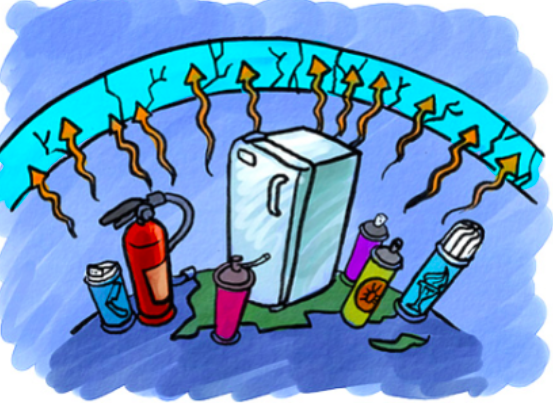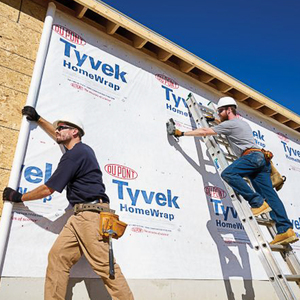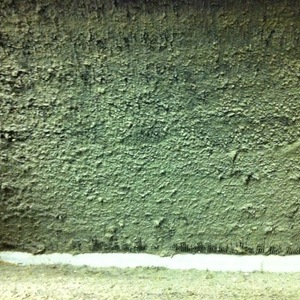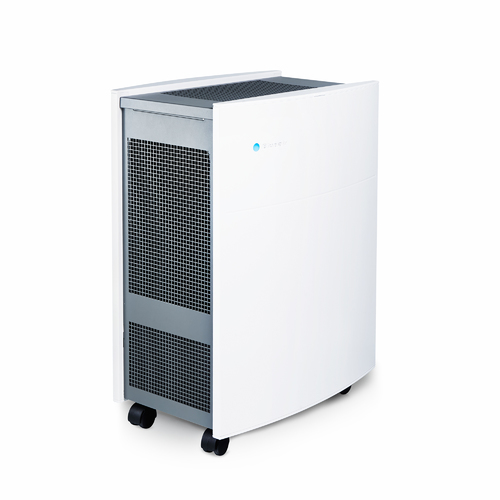
The alarming spread of the coronavirus—and with it a rising number of Covid-19-related deaths—has made many of us more aware of the relationship between indoor air quality and health. Yet the virus is only one of many potential airborne contaminants that can make us ill or, at the least, very uncomfortable. Tobacco and wood smoke, pet dander, pollen, and dust are among pollutants all too common in the indoor air we breathe.
Ventilating with clean outdoor air and removing or reducing the source of airborne contaminants — adding a vent hood over the stove, for example—are two ways of improving air quality, according to the U.S. Environmental Protection Agency. These steps are what the American Lung Association calls the first line of defense against poor indoor air quality. But when those measures aren’t enough, adding a portable air purifier or upgrading existing HVAC system filers are other ways of addressing the problem.
Air purifiers are available from a number of manufacturers and range widely in cost and effectiveness. There are several types, including mechanical systems that use filtering media to remove contaminants, and electronic cleaners that reduce airborne particulates by introducing electrically charged particles or ozone into the air.
“There is no blanket statement you can make about air cleaning or devices that are marketed as air-cleaning devices,” says Kevin Stewart, director of environmental health, advocacy, and public policy for the Lung Association. “There’s a whole range [of products] . . . from useless to highly effective for certain classes of pollutants.”
There are a few third-party benchmarks in the industry, including standardized tests developed by the Association of Home Appliance Manufacturers (AHAM), reviews conducted by the Consumer’s Union and published in Consumer Reports, and long-term tests by a website now owned by The New York Times…
Weekly Newsletter
Get building science and energy efficiency advice, plus special offers, in your inbox.

This article is only available to GBA Prime Members
Sign up for a free trial and get instant access to this article as well as GBA’s complete library of premium articles and construction details.
Start Free TrialAlready a member? Log in















2 Comments
But in theory at least, air purifiers with HEPA filtration are capable of capturing the virus that causes Covid-19, according to this report posted at the Wirecutter. However, it’s not clear how much practical impact air cleaners could have.
The virus is roughly 0.125 micron in diameter, a size that a HEPA filter can capture with “extraordinary efficiency,” Tim Heffernan writes.
To clarify--although the "naked virus" might be in the 0.1 micron range, it is typically not airborne in this form--it is inside a 'respiratory fluid droplet' (i.e., snot or spit ball). See this slide from a recent presentation from the ASHRAE and REHVA (European-ASHRAE equivalent).
We have an IQAir HealthPro Plus and love it. I use the IqAir Visual Pro to monitor the indoor air quality. Generally, we have decent outdoor and indoor air, so I don't run it all the time. But it's there when we need it. The smoke was so incredibly bad this year that we got the purifier. I'll be curious to see how this performs should we have to essentially shelter in place again because of smoke.
Log in or become a member to post a comment.
Sign up Log in